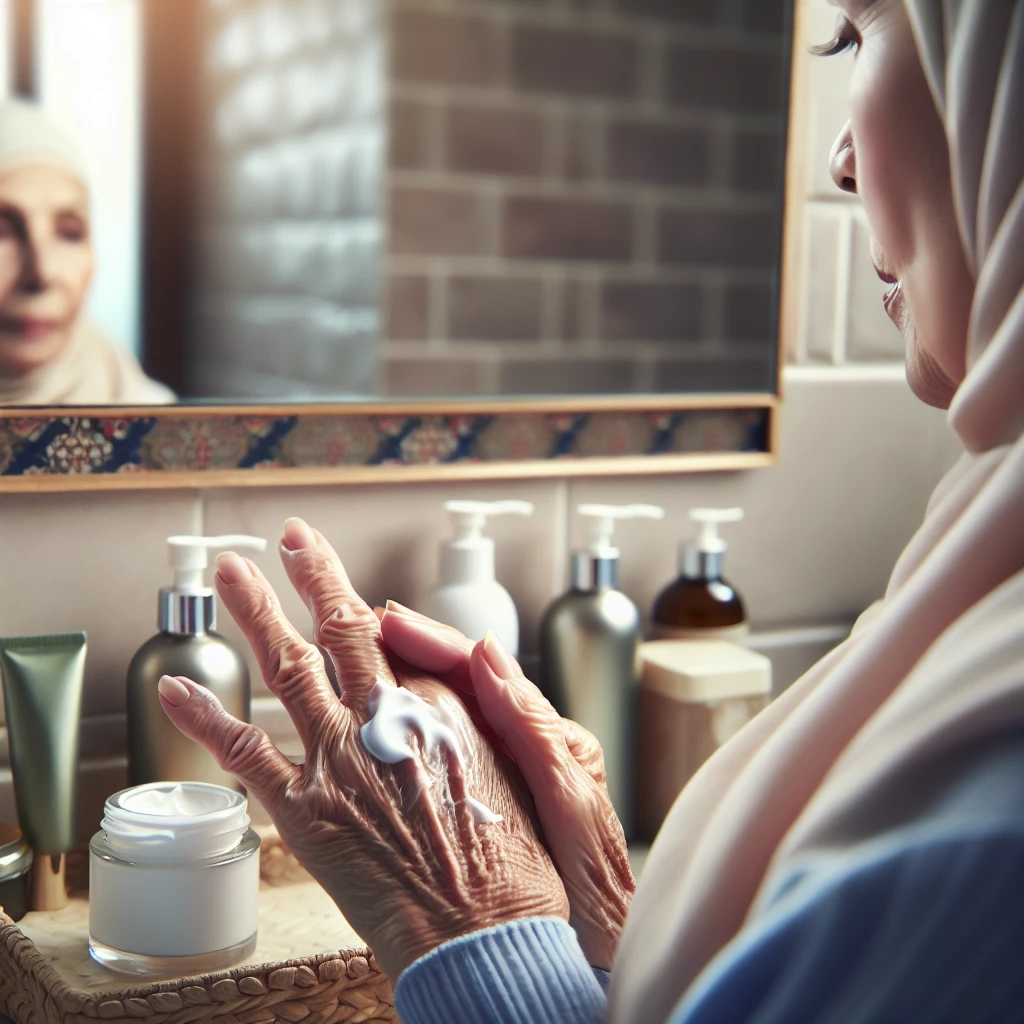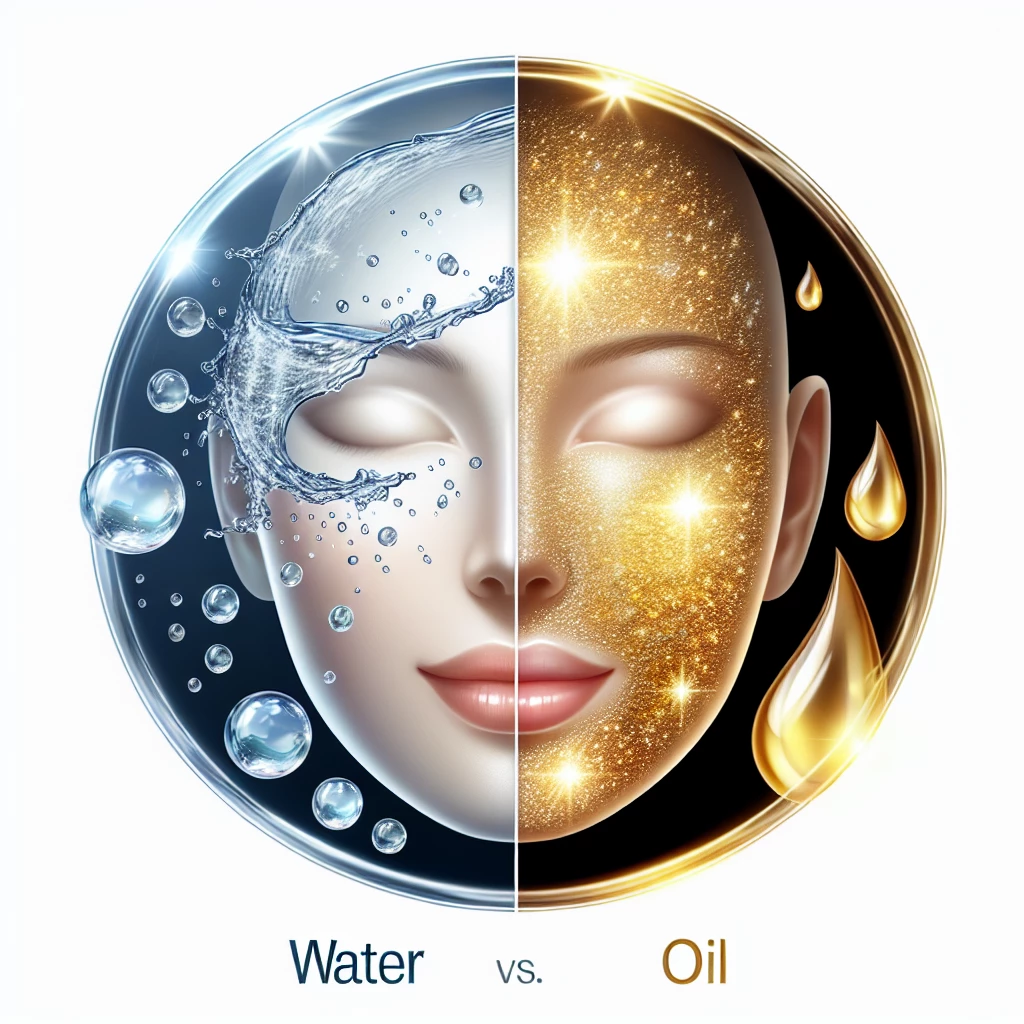Understanding and acknowledging the type of your skin is the initial measure towards effective and beneficial skincare regime. The way your skin reacts to different products and situations, the products it absorbs or rejects, its appearance at different times, all contribute to the defining type it falls under. Before you can even begin to target problems or attempt to “fix” your skin, you must be working with a clear understanding of your exact skin type and the challenges it presents. This article will provide an insight into the different types of skin and the best skincare and makeup tips for each category. Buckle up for an educative tour into the world of skin analysis and care.
Normal Skin Type
Having a normal skin type is a blessing as it is the least problematic among all. It appears clean and smooth and has a good circulation and healthy complexion.
People with normal skin type should stick to a basic skincare routine including cleansing, toning, and moisturizing. Regular mild exfoliation to remove dead skin cells and encourage skin renewal is also important.
For a makeup routine, less is more for normal skin. A light BB cream and a dash of blush can often be enough to enhance the skin’s natural glow. Remember to cleanse your face completely at the end of the day to keep your skin healthy.
Dry Skin Type
Dry skin has a low level of sebum and does not maintain oil easily. It often feels tight, particularly after cleansing. Dry skin may also have patches or may be prone to wrinkles and premature aging.
Those with a dry skin should have a routine focused on hydrating and moisturizing. Look for ingredients like hyaluronic acid and glycerin in your skincare products. External factors like heat or air conditioning can also affect dry skin – this is where a humidifier can help rehydrate your skin.
As for makeup, hydration is key. Opt for a hydrating primer and a moisturizing foundation. Avoid powder-based products as they can make dry skin appear even drier.
Oily Skin Type
Oily skin types will have excess shine and may be prone to breakouts and acne due to overactive sebaceous glands. However, a major advantage of having oily skin is that it shows signs of aging slower than other skin types.
Skincare for oily skin should involve controlling the excess oil while not completely stripping the skin of moisture. Use a mild cleanser and consider ingredients like salicylic acid for combating acne. Despite what you might think, moisturizer is still essential for oily skin - just look for oil-free moisturizers.
In terms of makeup, stick to oil-free foundations and a mattifying primer to control shine. Blotting sheets can also be a lifesaver for touch-ups during the day.
Combination Skin
Combination skin is a mixture of both oily and dry skin. The T-zone area (forehead, nose, and chin) are usually oily while the cheeks may be dry or normal.
People with combination skin generally need to use a mix of products to address the different areas of their face. They may need lightweight moisturizers for their oily T-zone and richer creams for dry areas.
For makeup, it could be challenging for combination skin types due to the different needs. The best option is to use different products or techniques on different areas of your face according to the requirements.
Understanding your skin type is essential in ensuring that you provide it with the necessary care and choose the right products that enhance and compliment it rather than work against it. Take this guide as a stepping stone towards your unique skincare journey, and remember - your individual skin needs may vary and evolve over time. Therefore, it's essential to regularly reassess the needs of your skin and make changes if necessary. After all, skin care and makeup shouldn't be a hassle, they should be a ritual of self-love and care.

Age Gracefully: Mature Skin Care
Delve into the changes that come with aging skin and the best practices to ensure its health and vitality.

Vitamins for Victory: Skin Nutrients
Discover the key vitamins that contribute to skin health and the best ways to incorporate them into your skincare routine.

Exfoliation 101: Clearing the Surface
Dive into the process of exfoliation, uncovering its benefits and learning how to properly exfoliate for brighter, smoother skin.

Skin Hydration: Water vs. Oil
Get insight into the importance of hydration in skincare routines and understand the difference between water-based and oil-based products.
